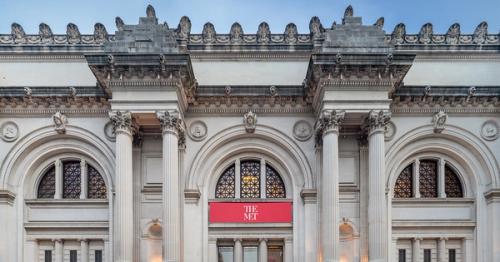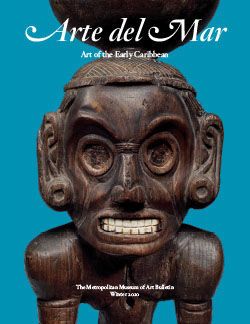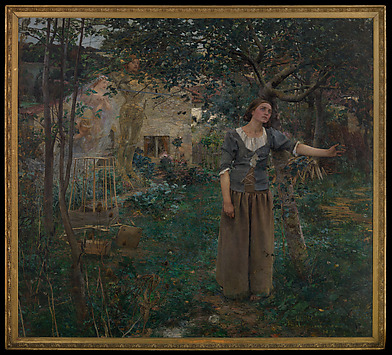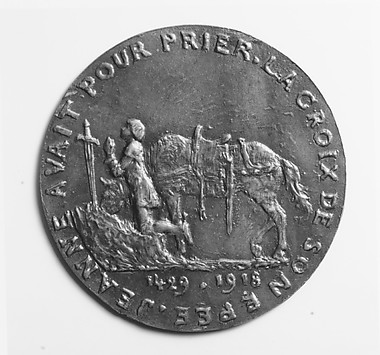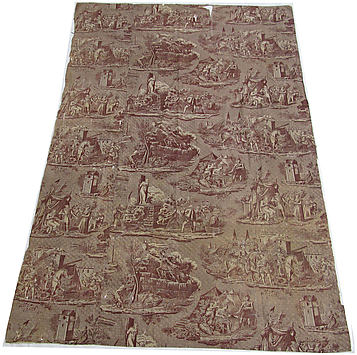The art created in Greece during the fifth century B.C. established the standards to which all Western art has aspired well into our own times. Indeed, the word "classical," when used either specifically or figuratively, usually refers to those ideals of beauty and proportion developed on the Greek mainland more than four hundred years before the birth of Christ. Copied by the Romans, who revered the art of their Greek subjects, and "rediscovered" during the fourteenth and fifteenth centuries in what came to be known as a "renaissance" or rebirth of classical culture, the works bequeathed us by the Greeks—or in many instances by their Roman imitators—still influence the art we make and the ideals by which we judge it. Although the art of the ancient Greeks may be said to have reached its apogee in Athens in the fifth century B.C., it had, in fact, been developing for at least four thousand years. The Greeks settled and traded over a wide area, and eventually, under Alexander the Great, they moved into the Near East as conquerors. Thus they were able to assimilate and transform the art of many indigenous cultures. Once the Romans subjugated Greece, they, too, embarked on their own process of assimilation and transformation, on the one hand faithfully copying Greek art, and on the other, subtly transforming that art into one that more appropriately served first, republican taste, and later, imperial needs. Greece and Rome presents the Metropolitan Museum's collections of classical art, which range from early Cycladic pieces—dating from about 2700 B.C.—to works created in Rome at the time of the conversion to Christianity of the emperor Constantine in A.D. 312. To be sure, this picture of the classical world is only a partial one. Greek painting, for example, has been largely lost to history, and certainly many of the best Greek and Roman works reside in other museums, or, in the case of architecture, still stand throughout the Mediterranean world. Yet the collections of the Metropolitan do contain many of the finest examples of Cycladic, Cypriot, Attic, East Greek, archaic, geometric, and classical Greek art as well as of the art created by the Etruscans and in republican and imperial Rome. Among the important examples of Greek art presented in this volume are the Cycladic Harp Player, made in about 2700 B.C.; Cypriot sarcophagi from the fifth century B.C.; an Attic kouros from the sixth century B.C.; a lekythos attributed to the Amasis Painter from about 540 B.C.; the famous calyx krater by Euphronios from about 515 B.C.; Roman copies of mid-fifth-century Greek statues such as the Wounded Warrior and the Diadoumenos; and a splendid gold phiale thought to be from the fourth century B.C. Roman art is represented by examples of late republican wall painting, silver, and glass, and by portrait busts or statues of her emperors, their consort and relatives, as well as of anonymous citizens—giving us a broad picture of the styles and attitudes favored during Rome's long history. In addition to portraiture, Roman art is represented by the famous wall paintings from Boscotrecase, architectural elements from Domitian's palace, marble funerary altars and sarcophagi, and utilitarian and luxury items in terracotta, glass, gold, and silver.
